The world’s gone coffee crazy, and nowhere is this more obvious than in certain cities, where your daily caffeine fix can actually cost more than a decent meal. Most people expect to pay premium prices for rent and groceries in expensive cities, yet the coffee markup in some places reaches almost ridiculous levels.
What makes this phenomenon even more striking? These cities often have affordable lunch options that somehow manage to stay reasonably priced while coffee prices soar through the roof. Here is a list of 15 cities where your morning brew might just break the bank more than your midday meal.
Copenhagen, Denmark
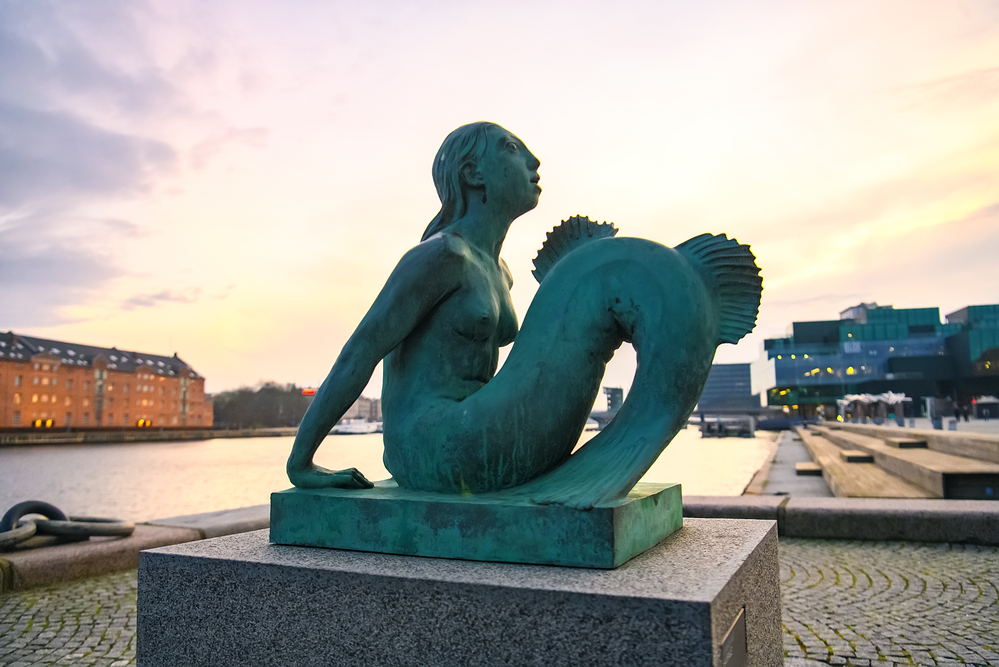
Danish coffee culture has embraced the ‘third wave’ movement with prices to match, where a single cup can cost $8–12 compared to lunch deals at $7–9. The city’s numerous independent coffee roasters focus on premium beans and elaborate brewing methods that justify higher margins.
Copenhagen restaurants often offer set lunch menus. This helps keep meal costs more predictable than the variable world of specialty coffee.
Stockholm, Sweden

Swedish coffee shops charge premium prices, with drinks costing $8–12, yet lunch combinations at local restaurants typically range from $7–10. High Swedish wages and social contributions make coffee shop labor particularly expensive compared to restaurants with different staffing models.
Stockholm’s coffee culture emphasizes sustainability and ethical sourcing. These factors contribute to higher prices.
Like Travel Pug’s content? Follow us on MSN.
Singapore

This city-state’s coffee scene splits between expensive specialty shops charging $8–12 and affordable hawker center meals at $3–6. The dramatic price difference reflects Singapore’s dual food culture, where traditional street food remains subsidized, while Western-style coffee adopts a luxury positioning.
Premium coffee shops target expatriates and affluent locals who view coffee as a lifestyle statement.
London, England
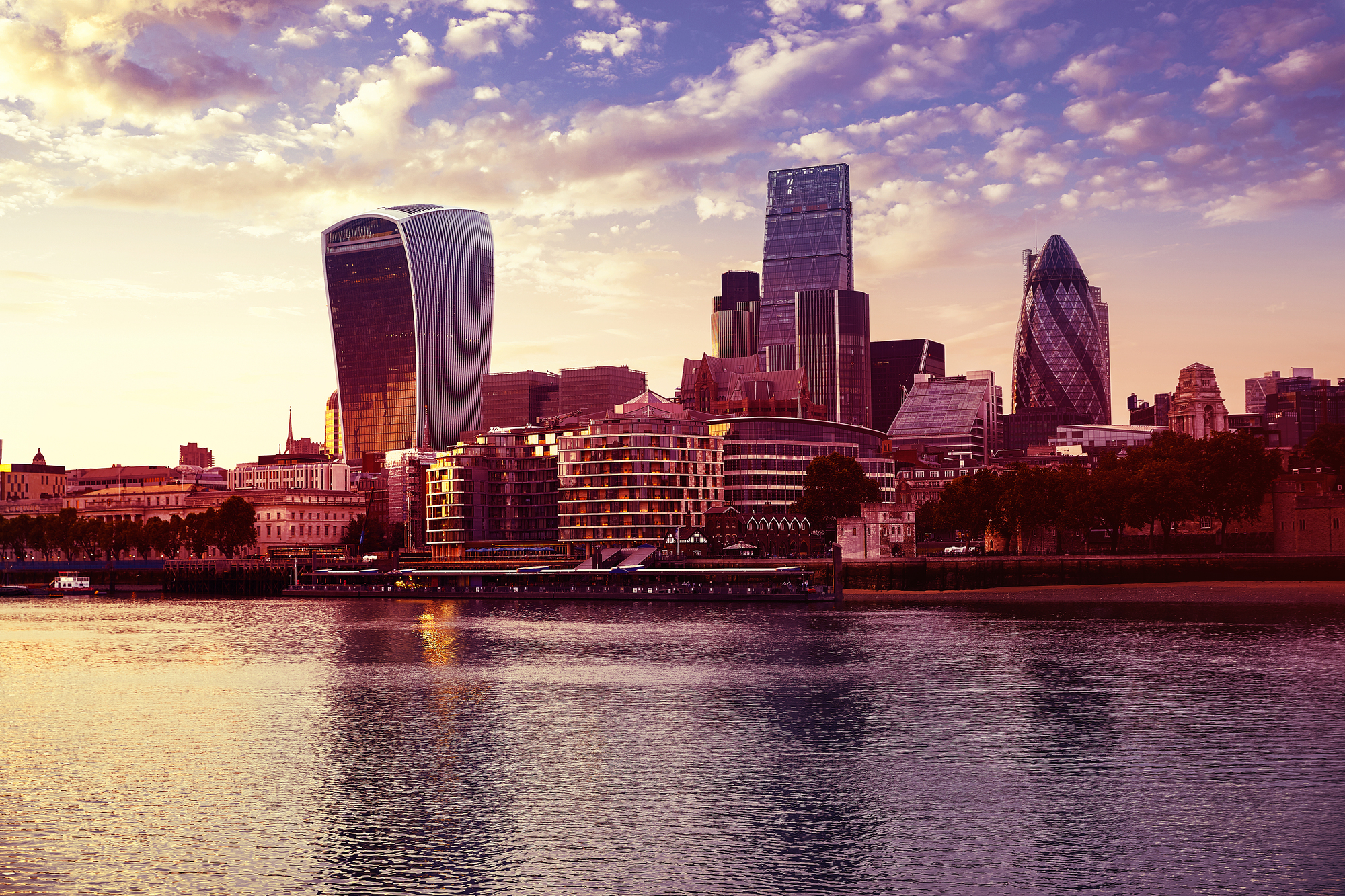
London’s coffee prices have reached astronomical levels at $7–11 per cup, while pub lunches and meal deals stay competitive at $6–9. High commercial rent in central London affects small coffee shops more severely than established restaurants with longer leases.
The city’s coffee boom has created a market where consumers are willing to pay premium prices for perceived quality and ambiance.
New York City, USA
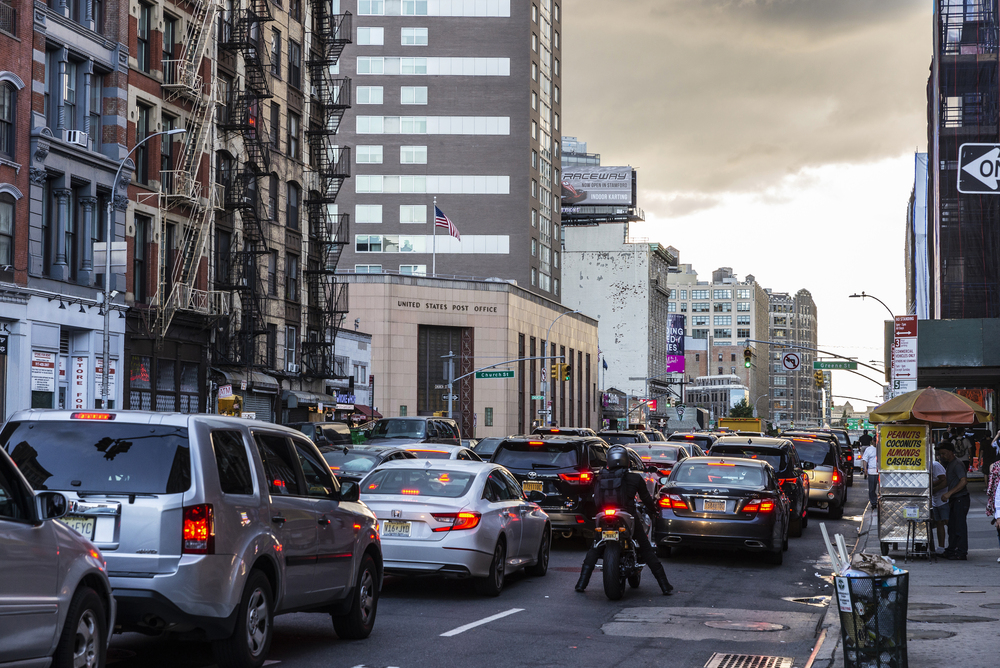
Manhattan coffee shops charge $6–10 for specialty drinks, while food trucks and delis offer lunch options for $5–8. The city’s fast-paced lifestyle creates demand for premium coffee experiences that justify higher margins.
New York’s competitive restaurant scene keeps lunch prices reasonable, though coffee shops can charge more for the ‘experience’ and convenience factor.
Like Travel Pug’s content? Follow us on MSN.
Paris, France
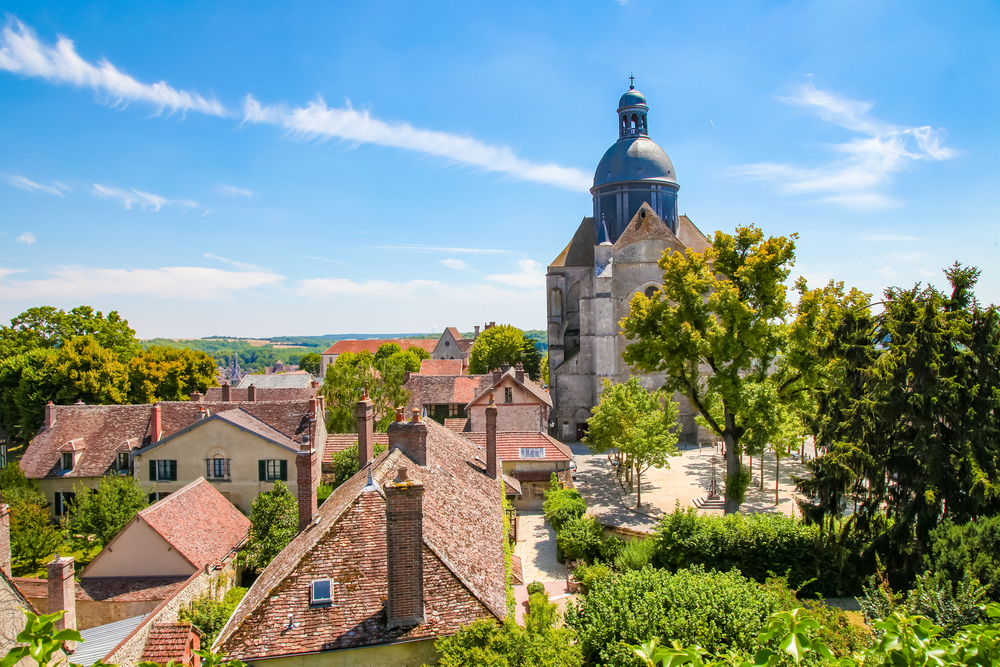
Parisian coffee culture has evolved beyond traditional café pricing, with specialty shops charging $7–11 while bistro lunch menus remain around $8–12. The contrast reflects France’s shifting coffee preferences, as younger consumers increasingly opt for artisanal coffee over traditional espresso.
Historic bistros maintain reasonable lunch pricing through established customer bases and traditional business models.
Tokyo, Japan

Japanese attention to detail extends to coffee preparation, with specialty drinks costing $8–12, while lunch sets at local restaurants typically range from $6–9. Tokyo’s coffee shops treat each cup like a precision craft, using expensive equipment and lengthy preparation methods.
The city’s efficient lunch culture features conveyor belt restaurants and set meals, which help keep food costs lower than those of elaborate coffee preparations.
Tel Aviv, Israel

Israeli coffee culture has adopted premium pricing, with drinks ranging from $8–12, while falafel and local lunch spots offer meals for $5–8. The city’s tech boom and young population support high-end coffee consumption despite the price disparity.
Traditional Middle Eastern food vendors maintain affordable pricing through different business models and cultural expectations.
Like Travel Pug’s content? Follow us on MSN.
Hong Kong
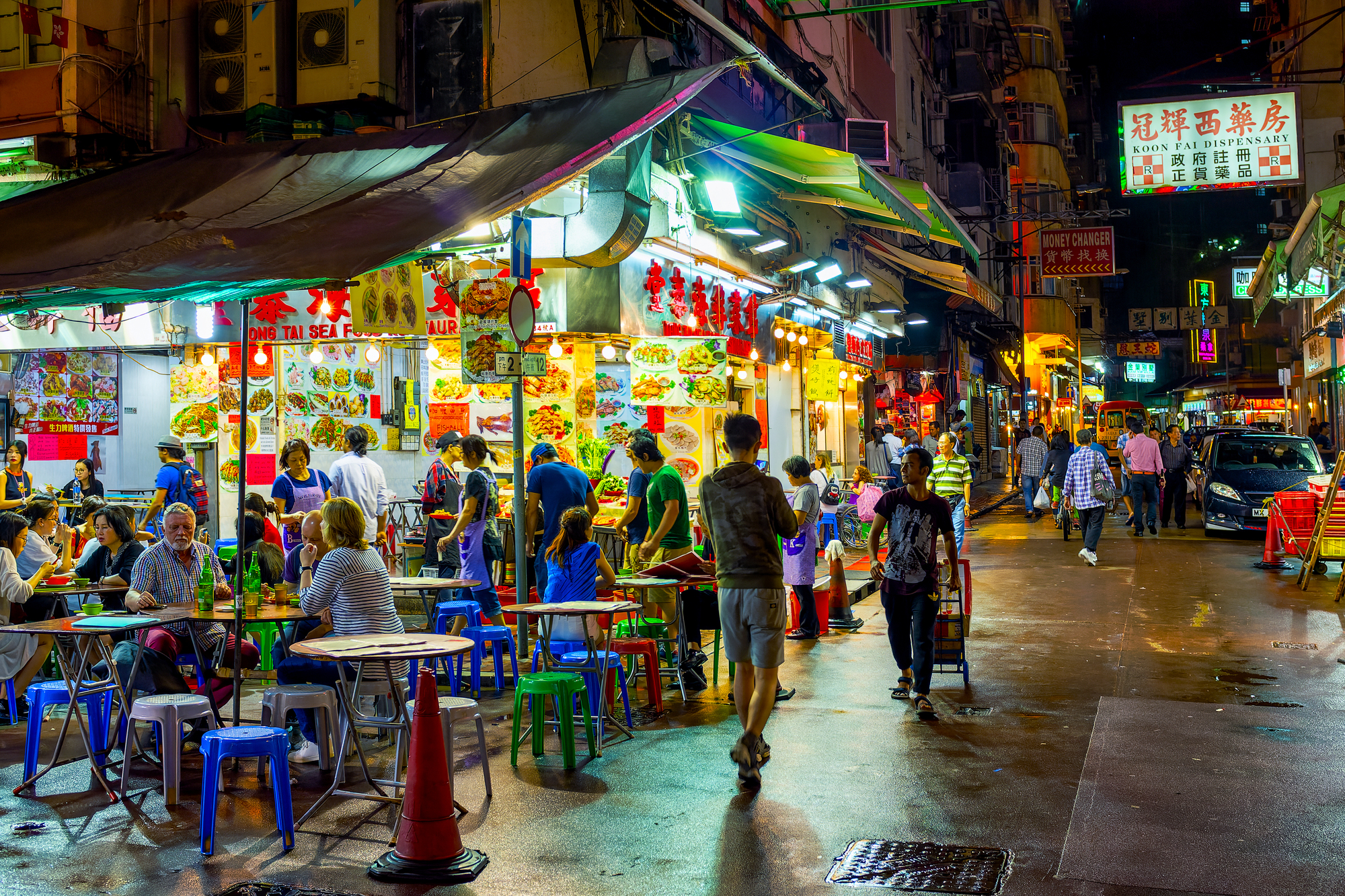
This financial hub’s coffee prices reflect its international status, with specialty drinks costing $8–11, while dim sum and local lunch options range from $4–7. High commercial rents in prime locations affect coffee shops disproportionately compared to established restaurants with longer-term leases.
Hong Kong’s coffee scene caters to expatriates and professionals who view premium coffee as a business necessity.
Vancouver, Canada
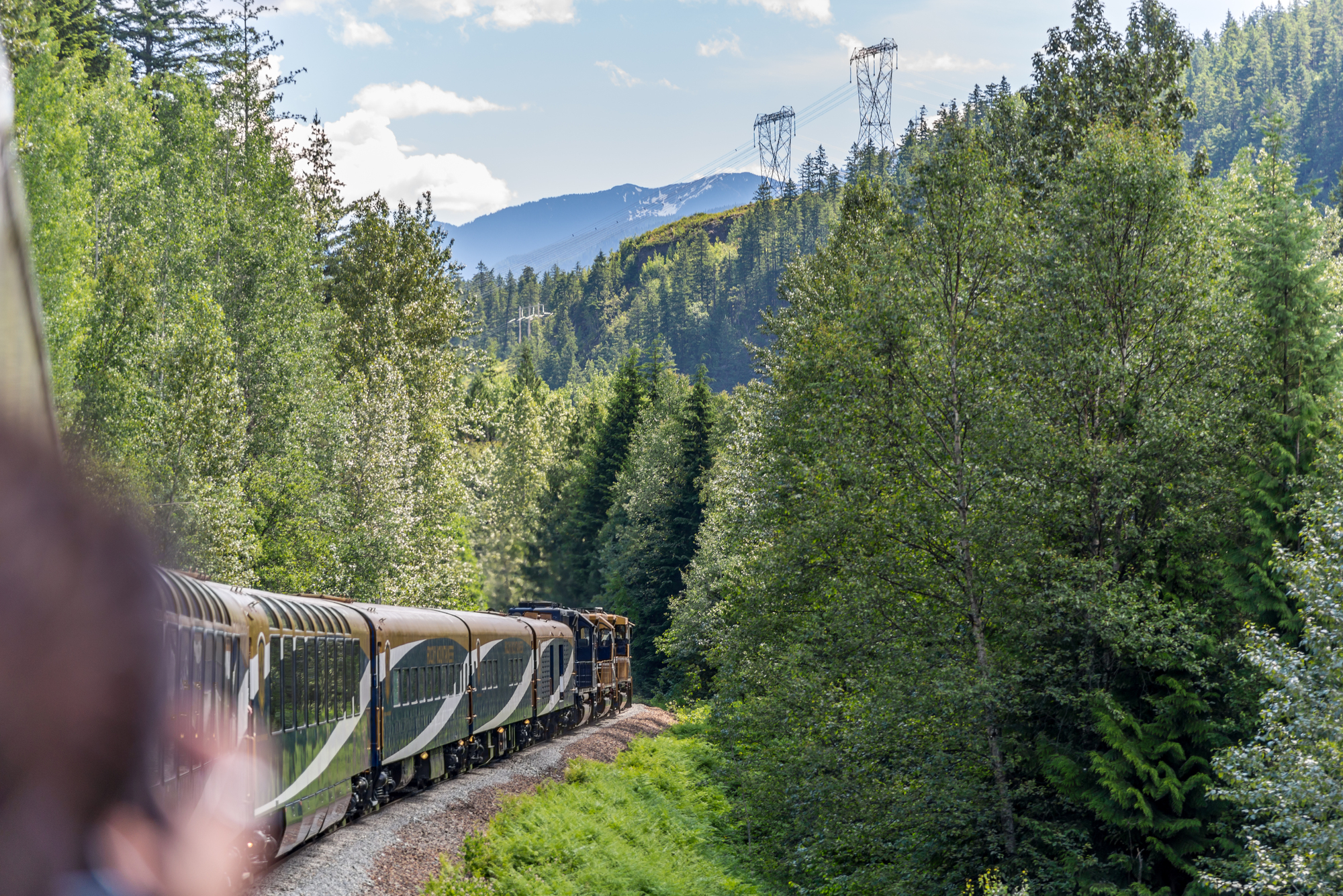
Canadian coffee culture has evolved into an upscale scene, with prices ranging from $7–10, while food courts and casual restaurants offer lunch for $6–9. Vancouver’s focus on sustainable and locally roasted coffee adds premium costs that lunch spots typically don’t face.
The city’s health-conscious population supports higher coffee prices when shops emphasize organic and fair-trade options.
Dublin, Ireland

Irish coffee shops have moved beyond traditional pricing, charging $7–10 for specialty drinks, while pub lunches remain steady at $8–11. Dublin’s growing tech sector supports premium coffee consumption, creating a market that’s willing to pay for quality and convenience.
Traditional pubs maintain competitive lunch pricing through established customer loyalty and different profit models.
Like Travel Pug’s content? Follow us on MSN.
Vienna, Austria

Despite Austria’s famous coffee house tradition, modern specialty shops charge $7–11 while traditional lunch spots offer meals for $6–9. The price difference reflects Vienna’s dual coffee culture, where historic coffeehouses compete with trendy specialty roasters.
Traditional restaurants benefit from tourism and local habits that support more predictable pricing structures.
Monaco
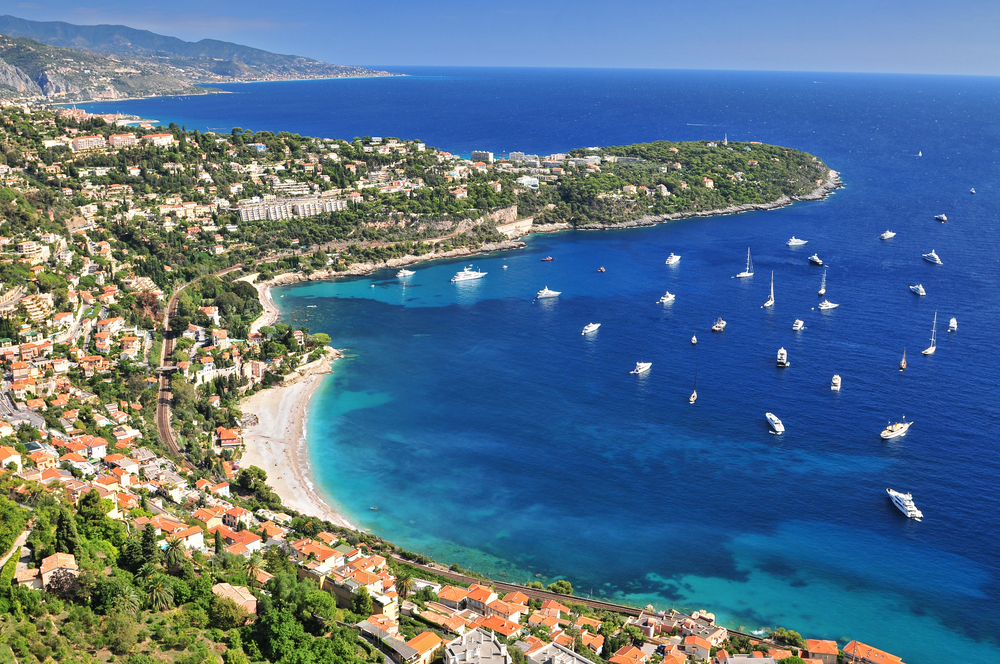
This tiny principality treats coffee like a luxury item, with prices ranging from $10–15, while simple lunch options typically cost between $12–15. Monaco’s ultra-wealthy clientele supports premium pricing across all categories, yet coffee shops can charge disproportionately high margins.
The principality’s limited space and high operating costs affect all businesses, though coffee shops exploit their luxury positioning more aggressively.
Seoul, South Korea
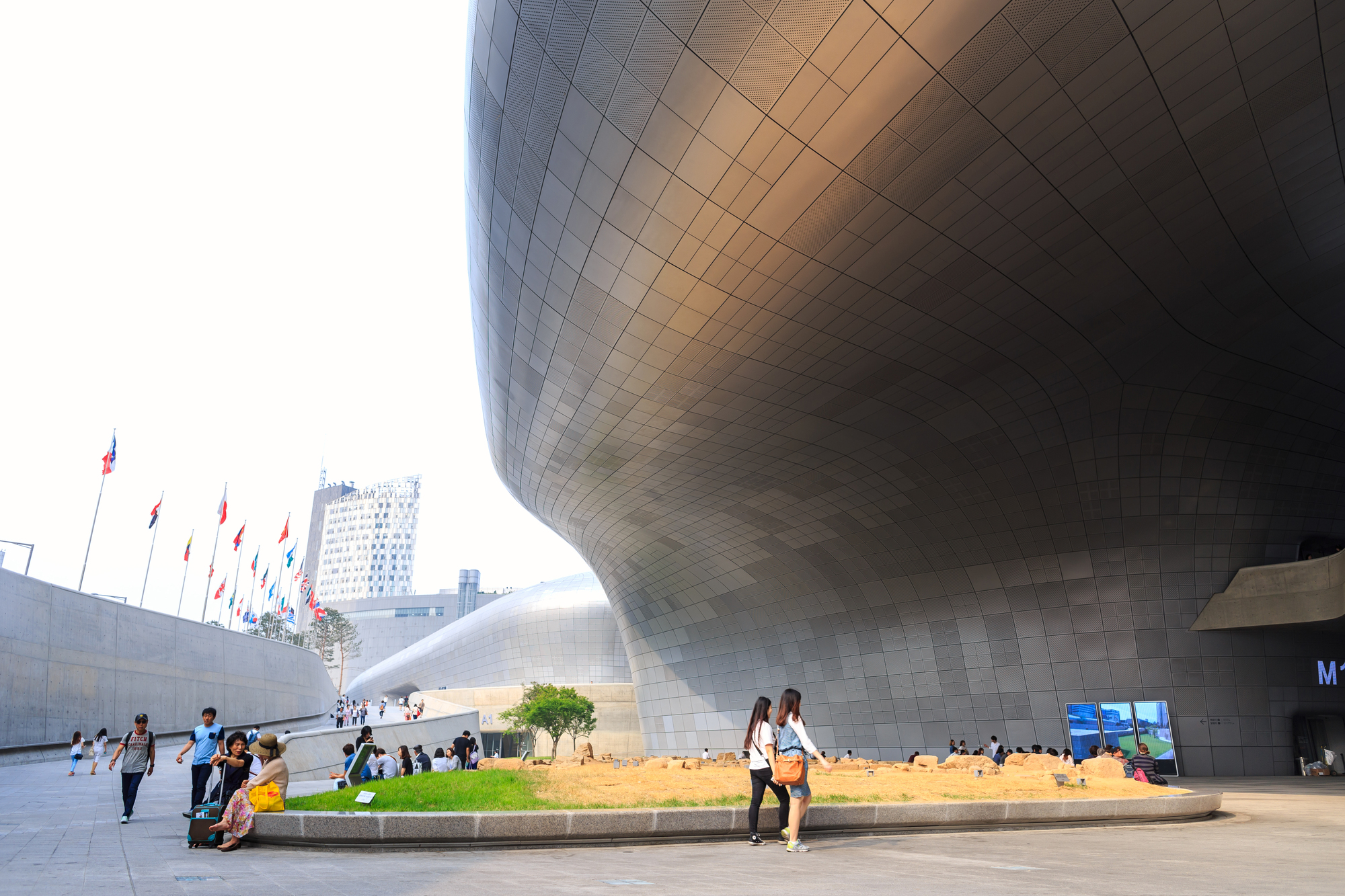
Korean coffee culture emphasizes ambiance and Instagram-worthy presentations, with drinks costing $6–10 while street food and casual lunch spots offer meals for $4–7. Seoul’s coffee shops function as social spaces and meeting places, allowing them to charge for the experience beyond just the beverage.
Traditional Korean food vendors maintain affordable pricing through efficient operations and cultural expectations.
Like Travel Pug’s content? Follow us on MSN.
San Francisco, USA

Silicon Valley wealth drives coffee prices to $7–12, while food trucks and ethnic restaurants keep lunch costs around $6–10. The tech industry’s coffee dependency creates a captive market that’s willing to pay premium prices for convenience and quality.
San Francisco’s diverse food scene maintains competitive lunch pricing, yet coffee shops capitalize on the city’s caffeine addiction and disposable income.
When Beans Beat Burgers

The coffee price phenomenon reflects broader changes in urban dining and lifestyle priorities rather than simple supply and demand economics. Cities with high disposable income and strong coffee cultures have created markets where consumers view premium coffee as essential rather than optional.
This allows businesses to maintain profit margins that would be impossible in other food categories. This trend shows no signs of slowing, as coffee continues evolving from a simple beverage into a lifestyle statement and social currency.
More from Travel Pug

- 20 Best Beach Towns in the Carolinas
- 13 Destinations Where Tourists Regularly Regret Their Trip
- 20 Destinations That Are More Magical Without an Itinerary
- 20 Underrated Adventures That Belong on Your Travel List
- 20 Cities Where You Should Just Wing It, No Planning Required
Like Travel Pug’s content? Follow us on MSN.
